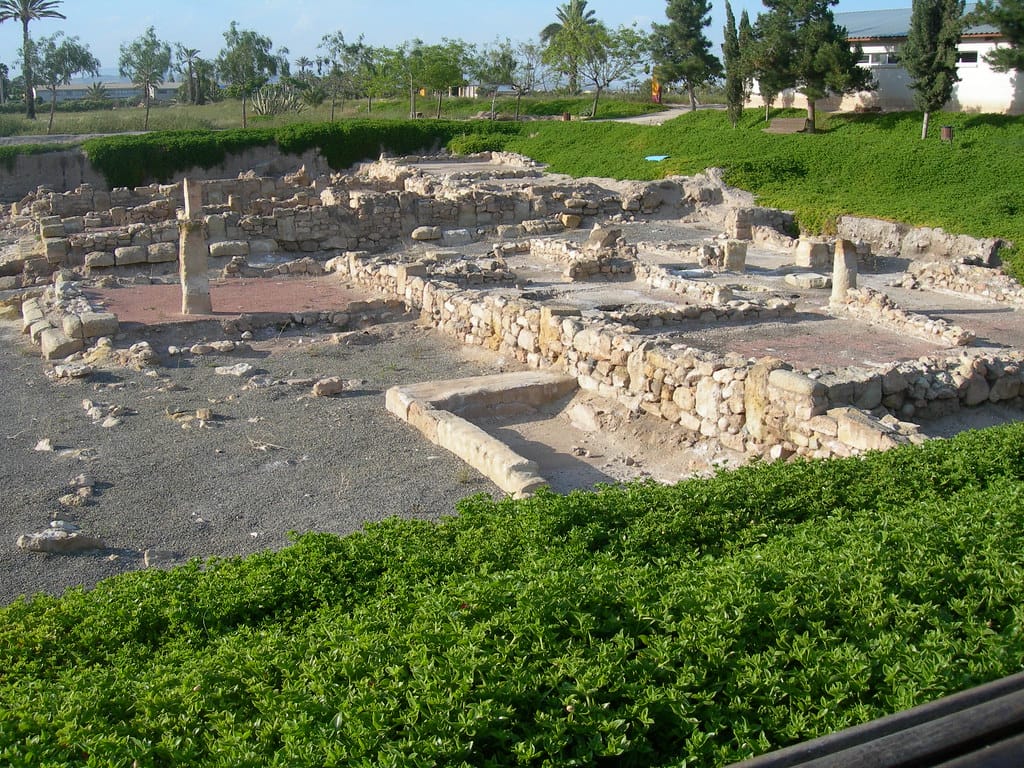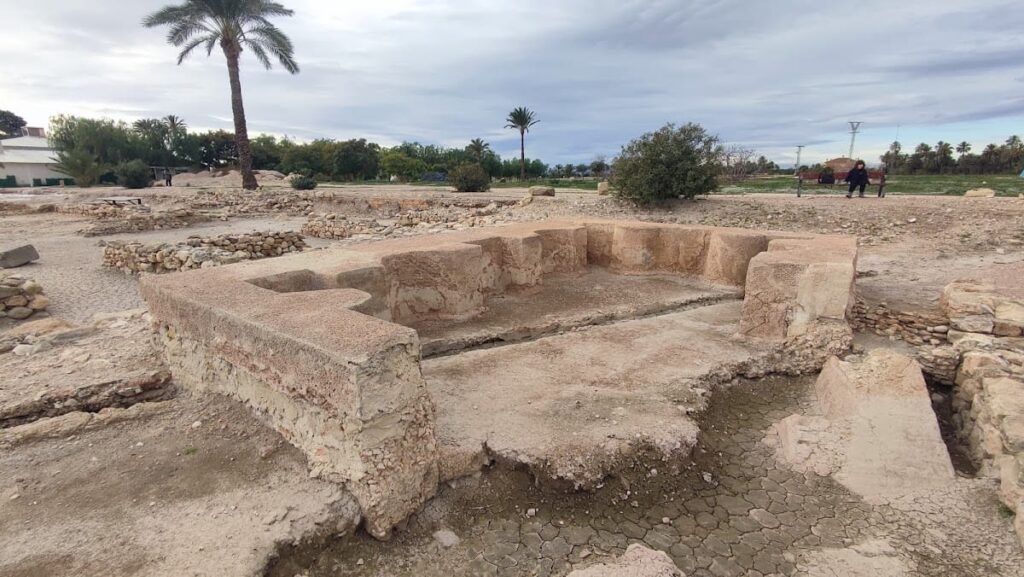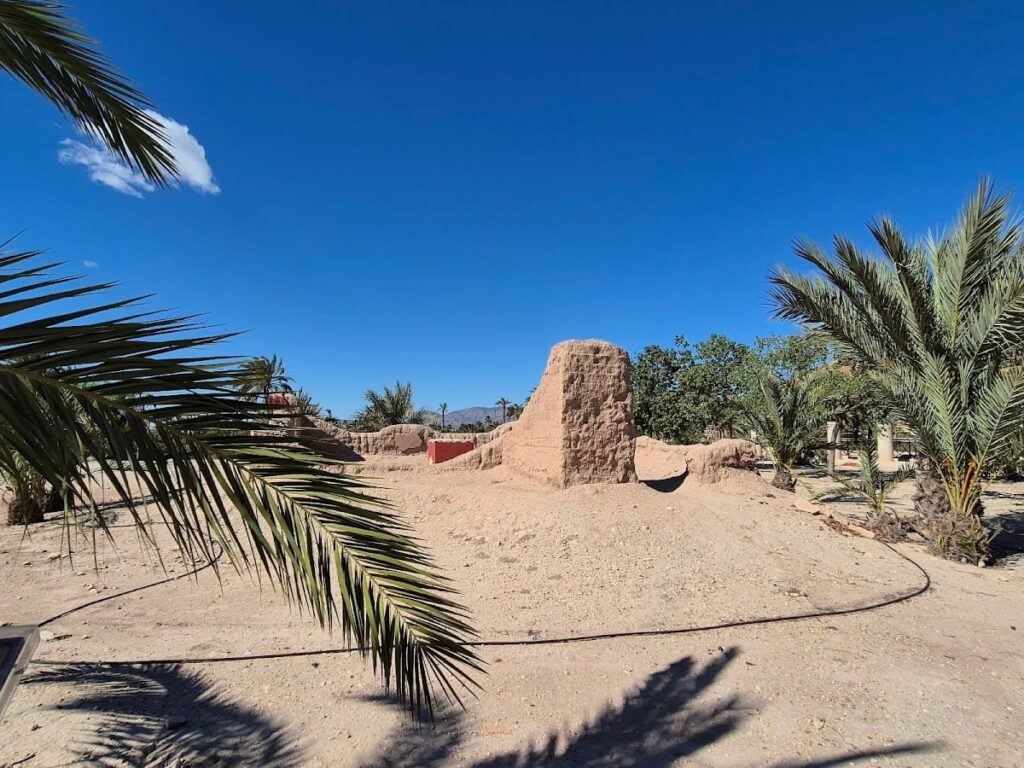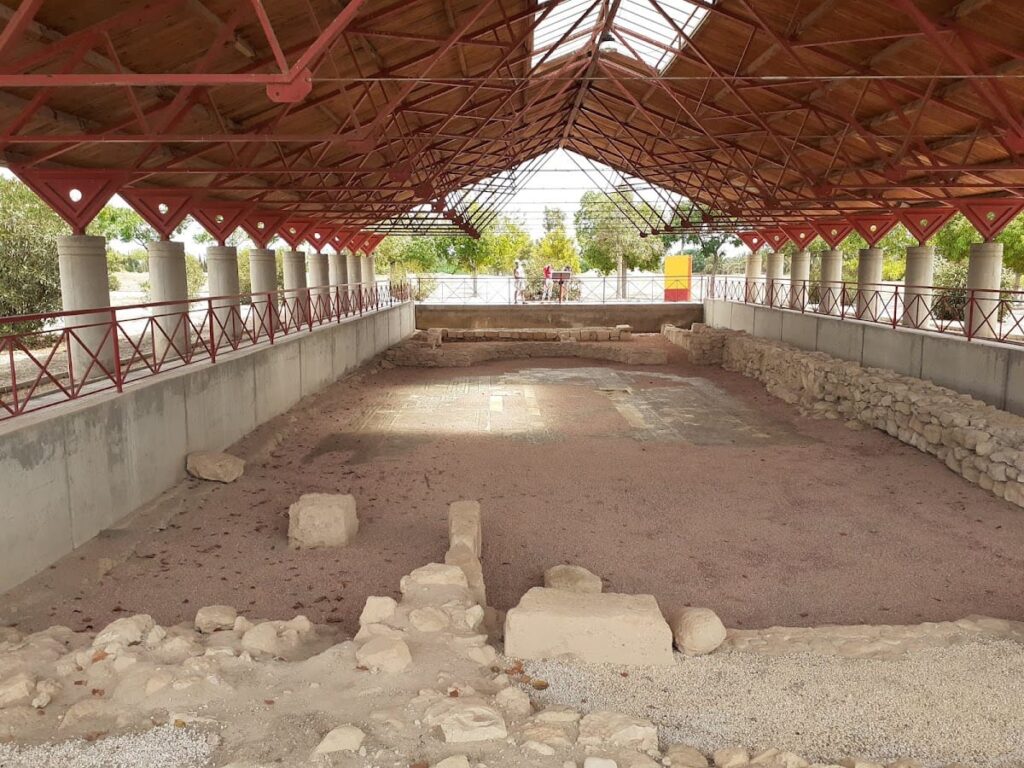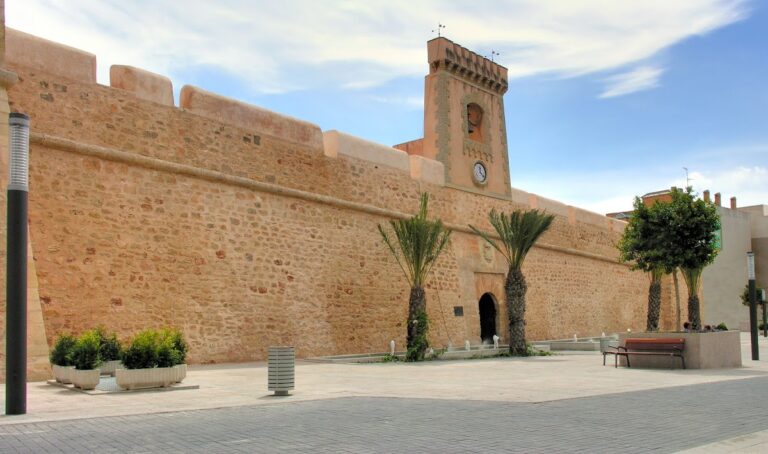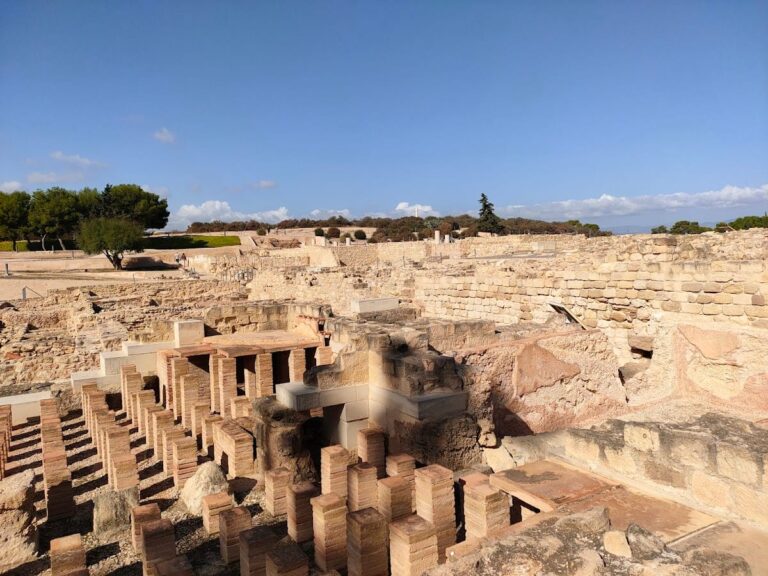Alcúdia Archaeological Site: An Ancient Iberian and Roman City near Elche, Spain
Visitor Information
Google Rating: 4.5
Popularity: Low
Google Maps: View on Google Maps
Official Website: www.laalcudia.ua.es
Country: Spain
Civilization: Roman
Remains: City
History
The Alcúdia Archaeological Site is situated near the town of Elche in Spain. It was originally established by the Iberians, a group of ancient peoples who inhabited the eastern and southern coasts of the Iberian Peninsula. The site corresponds to the ancient city called Illici, founded as a fortified settlement, or oppidum, in the 5th century BCE.
During the centuries that followed, Alcúdia grew steadily, reaching its height in the Iberian and Roman periods. Excavations have revealed that the city experienced a continuous occupation from the late Bronze Age and into the early Islamic period. The Iberian settlement expanded over an area similar in size to that of the later Roman city, indicating its importance as a regional center. Illici likely served as the main urban hub in southern Alicante and extended its influence into neighboring regions, including parts of Albacete and Murcia.
With the arrival and establishment of Roman control, the city underwent transformation while maintaining its key role in the region. Evidence points to a prolonged period of occupation through Roman times, during which the city continued its development. Around the 8th century CE, as Islamic powers established themselves in the Iberian Peninsula, the original site was abandoned. The population moved slightly to the north, founding the area that would become the historic old quarter of modern Elche. This marked the end of Alcúdia’s active use as an urban center under its ancient form.
Throughout the 20th century, the site remained under private ownership, with archaeological studies conducted by the Ramos family. In 1996, stewardship transferred to the University of Alicante, ushering in an era focused on scientific research and cultural awareness.
Remains
The Alcúdia site encompasses roughly ten hectares, revealing the outline of an ancient city developed over several centuries. Among the most remarkable discoveries are monumental sculptures from the Iberian period, which demonstrate the craftsmanship and artistic culture of historic Illici.
One of the most famous finds is the Dama de Elche, a finely carved female bust dating from between the 4th and 5th centuries BCE. This piece stands as a key representation of Iberian art and religious or social symbolism. Near this sculpture, archaeologists uncovered a limestone fragment depicting an Iberian warrior. This figure, shown wearing a short tunic and armed with a curved falcata sword, is dated to the 4th century BCE and is believed to have belonged to a group of statues that may have formed a heroon, a monument that commemorates a hero or important figure.
The warrior sculpture is currently preserved at the National Archaeological Museum of Spain in Madrid, underscoring the historical importance of the artifacts from Alcúdia. In addition to these works of art, the site has yielded significant ceramic materials classified within the Elche-Archena type, reflecting a rich Iberian cultural tradition.
While the detailed layout of buildings or city walls is not fully documented in the sources, the layers found during excavations indicate a chronological sequence starting from Iberian occupation below Roman strata. This suggests the city maintained a stable footprint through these major cultural phases. The remains collectively provide insight into a large and influential urban center active from prehistoric times until its abandonment in the early Middle Ages.
